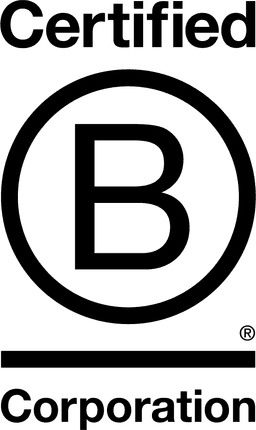

Redo Sgr Spa Società benefit

November 2021
Real estate development
Service with Minor Environmental Footprint
Italy
Redo Sgr Spa Benefit corporation, founded in 2019, develops and manages sustainable real estate investments that create social and shared value through the promotion of affordable housing and urban regeneration projects that respect the environment and activate and strengthen communities: we build a future where everyone has access to enjoyable, efficient and functional living spaces, creating a vibrant and lively community while respecting the environment through the adoption of the most advanced technologies. Active in Italy, Redo has designed, built, and is now managing more than 55 assets par to 2 billions of Euro: 9,800 apartments and 3,300 rooms for students. Redo manages the first sustainable funds classified under Art. 9, according to SFDR (Sustainable Finance Disclosure Regulation) focused on affordable housing and urban regeneration with social impact. Some of Redo's projects fall among the most challenging, such as the City of Milan's first large Carbon Neutral Social Housing Areas, abandoned sites such as the former public slaughterhouse, the former railway yard, a former parking lot, or the redevelopment of the Ex Falck areas, one of the largest and most critical former steel mills in Italy.
Overall B Impact Score
Governance 24.3
Governance evaluates a company's overall mission, engagement around its social/environmental impact, ethics, and transparency. This section also evaluates the ability of a company to protect their mission and formally consider stakeholders in decision making through their corporate structure (e.g. benefit corporation) or corporate governing documents.
What is this? A company with an Impact Business Model is intentionally designed to create a specific positive outcome for one of its stakeholders - such as workers, community, environment, or customers.
Workers 27.8
Workers evaluates a company’s contributions to its employees’ financial security, health & safety, wellness, career development, and engagement & satisfaction. In addition, this section recognizes business models designed to benefit workers, such as companies that are at least 40% owned by non-executive employees and those that have workforce development programs to support individuals with barriers to employment.
Community 17.9
Community evaluates a company’s engagement with and impact on the communities in which it operates, hires from, and sources from. Topics include diversity, equity & inclusion, economic impact, civic engagement, charitable giving, and supply chain management. In addition, this section recognizes business models that are designed to address specific community-oriented problems, such as poverty alleviation through fair trade sourcing or distribution via microenterprises, producer cooperative models, locally focused economic development, and formal charitable giving commitments.
Environment 43.7
Environment evaluates a company’s overall environmental management practices as well as its impact on the air, climate, water, land, and biodiversity. This includes the direct impact of a company’s operations and, when applicable its supply chain and distribution channels. This section also recognizes companies with environmentally innovative production processes and those that sell products or services that have a positive environmental impact. Some examples might include products and services that create renewable energy, reduce consumption or waste, conserve land or wildlife, provide less toxic alternatives to the market, or educate people about environmental problems.
What is this? A company with an Impact Business Model is intentionally designed to create a specific positive outcome for one of its stakeholders - such as workers, community, environment, or customers.
Customers 3.7
Customers evaluates a company’s stewardship of its customers through the quality of its products and services, ethical marketing, data privacy and security, and feedback channels. In addition, this section recognizes products or services that are designed to address a particular social problem for or through its customers, such as health or educational products, arts & media products, serving underserved customers/clients, and services that improve the social impact of other businesses or organizations.